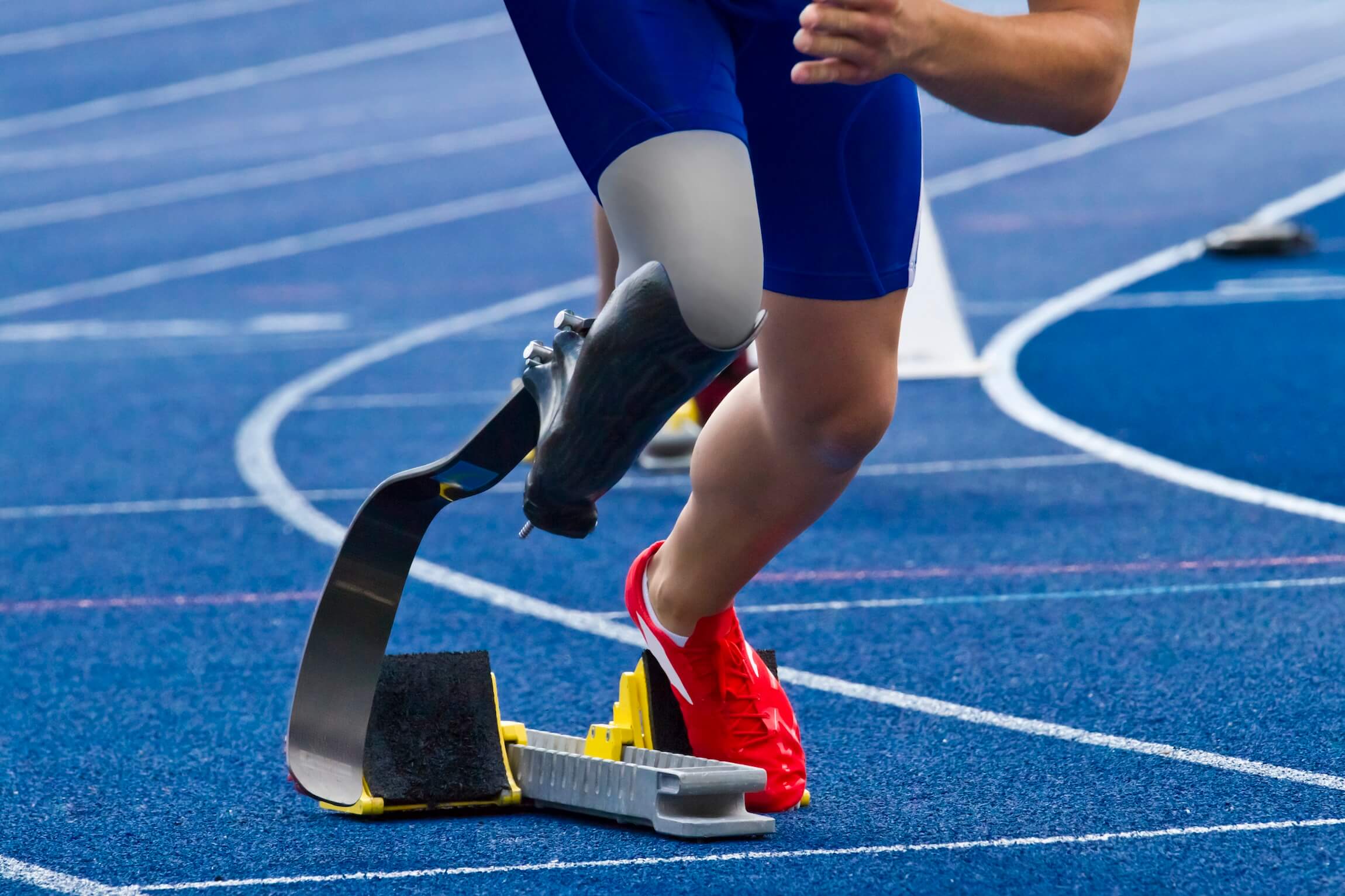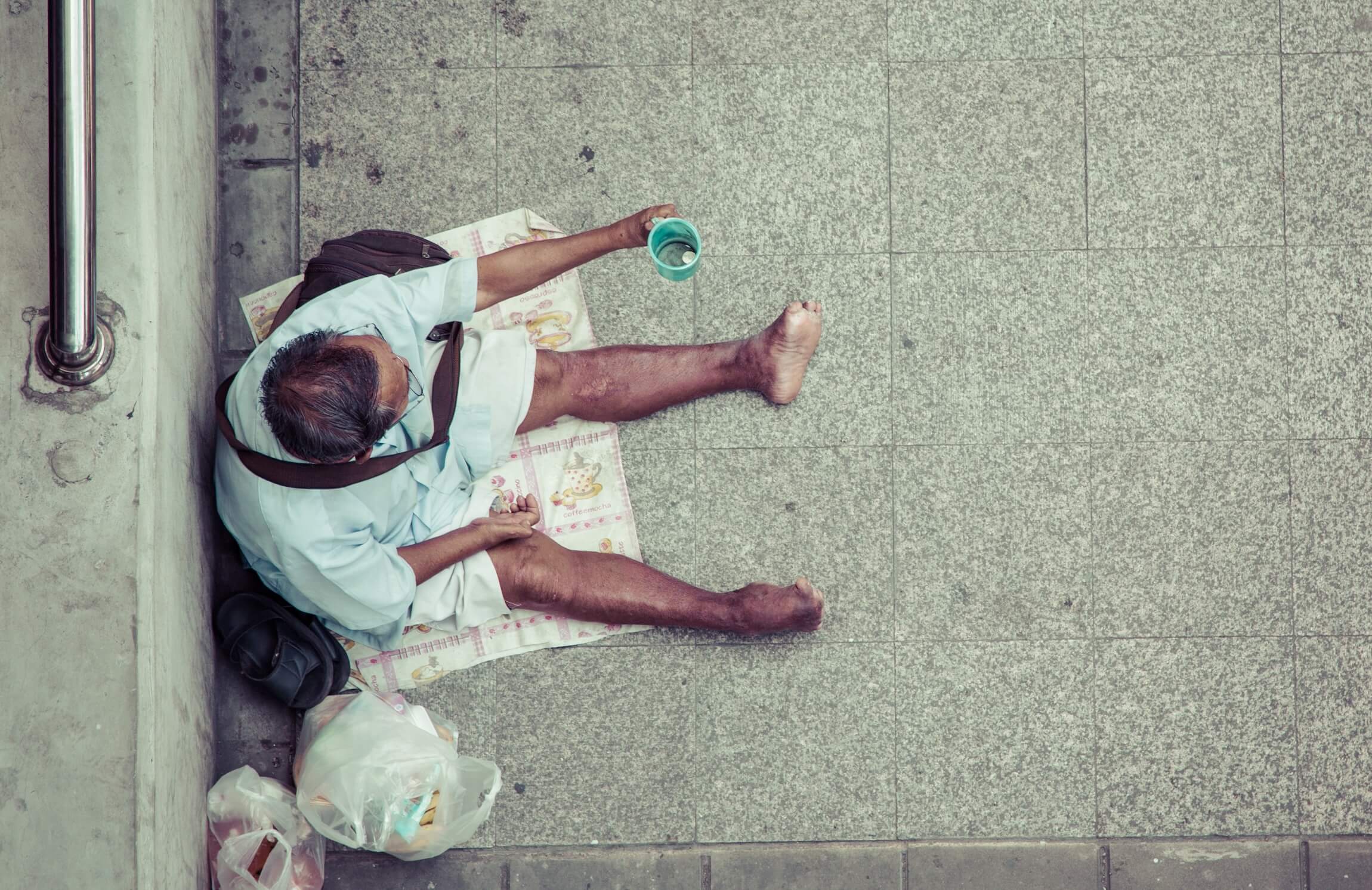



Social Protection as Basic Rights for All
Social protection is unequivocally a basic human right. It is key to poverty eradication, equality, social inclusion and to political stability and peace. At the macro level, social protection policies contribute to economic growth and human development.
In recent years, the pivotal role of social protection in sustainable development has been further emphasised in the 2030 development agenda through the Sustainable Development Goals (SDGs). Under Goal 1, to end poverty in all its forms, one of the targets is to implement nationally appropriate social protection systems and measures for all, including social protection floors, and by 2030 achieve substantial coverage of the poor and the vulnerable. Goal 3, on healthy lives and well-being, articulates the need for universal health coverage or UHC. The lifelong approach is embraced in the advancement of the SDGs and recognises social protection systems for all, including children, women, workers, persons with disabilities, and older persons.
We have witnessed the utmost importance of social protection in mitigating the detrimental impact caused by the global financial crisis that hit the ASEAN region in 1990s. People provided with social protection coverage were more resilient to the shocks and risks and able to rebuild their lives, as well as those of their communities.
The current COVID-19 pandemic has once again put to test the readiness, sustainability, and efficiency of social protection systems, especially in emerging countries, where the pandemic has exacerbated existing inequalities and vulnerabilities. Many nations were unprepared for the unprecedented nature of the shock generated by the pandemic. Indeed, it is also an opportunity for us to revisit existing schemes, available resources, and assess the level of agility of our social protection systems in order to safeguard the well-being of our people.
Social Protection: Mechanism and Progress in ASEAN
Ensuring social protection for all has been a long-standing commitment of ASEAN, with the region adopting the ASEAN Declaration on Strengthening Social Protection in 2013 and the Regional Framework and Action Plan in 2015. The tenets of both instruments are to advocate for an integrated and cross-sectoral approach, and to address emerging issues and challenges in the delivery of social protection.
Social protection is also embedded in the ASEAN Socio-Cultural Community Blueprint’s strategic measures with an emphasis on extending coverage, accessibility, availability, comprehensiveness, quality, equality, affordability and sustainability of social services and social protection. Strong foundations have been built for us to strengthening social protection in the ASEAN region.
The ASEAN Senior Officials Meeting on Social Welfare and Development (SOMSWD) plays a central role in advancing social protection. Its overall objective is to enhance the well-being and improve the quality of life of older persons, children, persons with disabilities, and other vulnerable groups in ASEAN. Focusing on the promotion of social protection policies for increased access and sustainability.
SOMSWD envisions social protection as a cross-cutting issue that requires a coordinated and holistic approach, involving various stakeholders such as governments, the private sector, development partners, civil society organisations, and service providers.
The inter-pillar approach has been adopted; with at least 10 ASEAN sectoral bodies working hand-inhand to promote social protection, including social welfare, health, labour, women and children, agriculture, statistics, disaster management, rural development, and poverty eradication. Social protection is viewed as an investment in people that requires sufficient and sustainable resources. This is to enable the people, particularly the poor and the vulnerable, to meet their basic needs; to be adaptive to health, social, and other emerging risks faced by ASEAN.
SOMSWD recognises that vulnerabilities are multifaceted and solutions need to cut across multiple sectors to ensure that no one is left behind. In a time of uncertainties, unique demographic shifts, and increasing occurrences of natural and human-induced disasters, social welfare and development will need to remain agile and responsive to emerging trends and measures, to help build people’s capacity to cope with and recover from shortcomings.
Towards Inclusive and Transformative Social Protection in ASEAN
The state of social protection in ASEAN Member States is diverse, with different stages of maturity in each nation’s schemes and coverage. Even though significant progress in extending and reforming social protection systems has been made, more efforts are needed to support those who remain unprotected. Public expenditure on social protection is deemed inadequate in most ASEAN countries due to competing priorities, contributory capacity, and development challenges.
Yet, social welfare systems that can reduce poverty and address persistent inequality require adequate financing as well as strategic planning. Sufficient funding and resource mobilisation will help end the undesirable cycle of underinvestment and underperformance in the systems.
Certainly, we are encouraged by the progress in the implementation of key milestones in the area of social welfare and development that expand the scope and deepen the quality of social protection systems, particularly the adoption of the ASEAN Enabling Masterplan 2025: Mainstreaming the Rights of Persons with Disabilities and the upcoming Regional Action Plan to Implement the Kuala Lumpur Declaration on Ageing: Empowering Older Persons in ASEAN and the ASEAN Social Protection Results Framework and the establishment of the ASEAN Training Centre for Social Work and Social Welfare. In the area of child protection, the adoption of the ASEAN Declaration on the Rights of Children in the Context of Migration and the Declaration on Protection of Children from all Forms of Online Exploitation and Abuse in ASEAN have marked a step forward in the protection, services, and assistance provided to vulnerable children.
ASEAN will forge ahead with the operationalisation of the key components of regional social protection framework which are i) policy and programme development; ii) capacity building; iii) monitoring and evaluation; and iv) institutionalisation.
We recognise that policy coherence among social protection policies and other policy areas is imperative, along with the improvement of knowledge gaps, financing and fiscal mechanisms, governance structures and institutional capacities.
As echoed in the Declaration of the Special ASEAN Summit on COVID-19 and the Joint Statement of the Special ASEAN Ministerial Meeting on Social Welfare and Development on Mitigating Impacts of COVID-19 on Vulnerable Groups in ASEAN, accelerated efforts are underway to ensure a social safety net as well as implement risk-informed, evidence-based, and shock-responsive social protection systems to reduce the vulnerabilities of at-risk populations and improve their overall resilience in view of the pandemic.
Harnessing the lessons learned from this unprecedented crisis and transitioning towards recovery and normalcy, ASEAN and its stakeholders must reassess the state of social protection in terms of its accessibility, allocation of public funds for social spending, and the capacity to provide essential services and safeguard the well-being and livelihoods of the poor, children, older persons, persons with disabilities, women and girls, migrant workers, and other vulnerable groups in both normal and new normal times.








